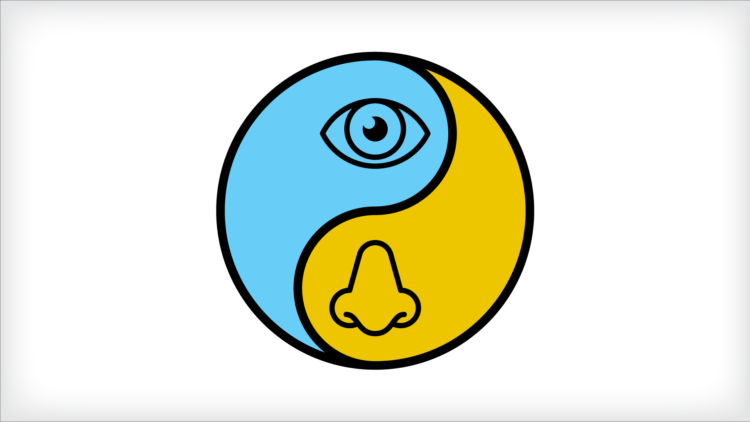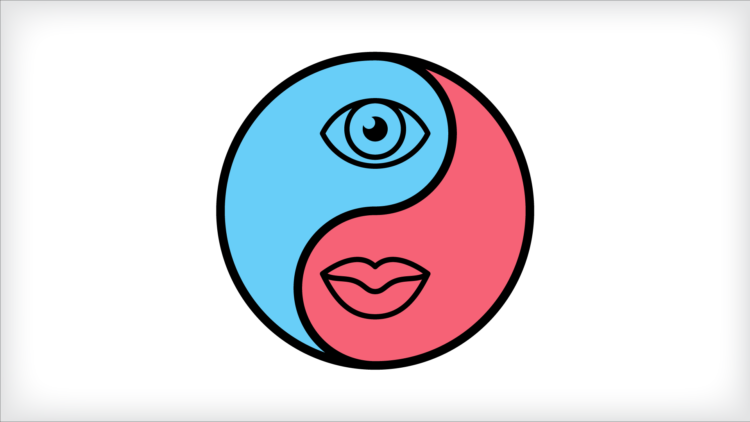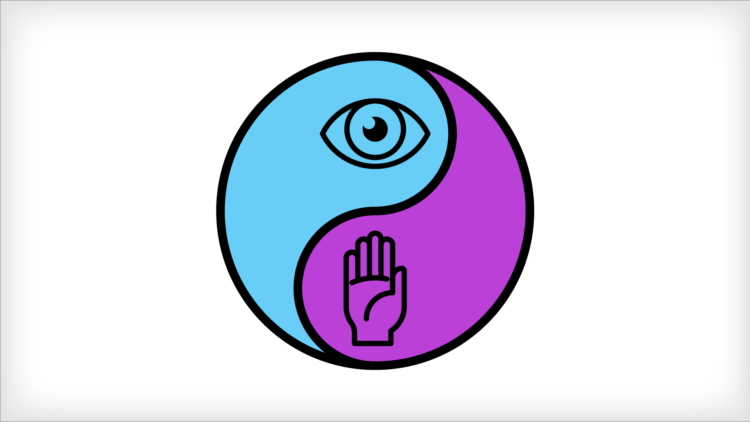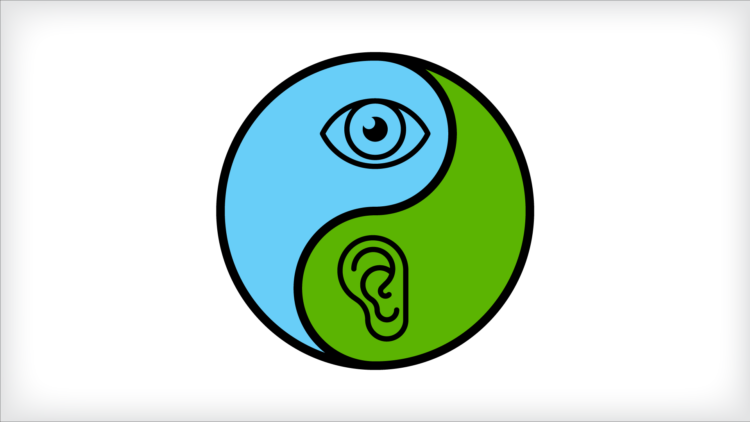





Making Sense of Self-Care
An Integrative Health Program to Engage Your Senses. This Week: Sight
First time here? Make sure to read the introduction to the series!

Action of the Week
Throughout the course of any given day, we use our sense of SIGHT to take in hundreds of different rays of color, we do not always notice the way these colors make us feel. This week, become mindful of how colors can help increase your energy, shift your mood to the positive and even help you feel motivated. Explore the following opportunities:
- Become aware of how colors are affecting the way you feel. As you walk around your natural environment (the street you live on) and your manufactured architectural environment (your home) are there any colors that strongly invoke certain emotions?
- Intentionally wear colored clothing that will bring positive feelings into your day (perhaps this is a bright orange or yellow).
- Print out (or color online) a free Mandala and color a little each day.
- Print/write out your favorite quote or positive affirmation in brightly colored ink.
- Incorporate colors into your breathing. “Color Breathing,” if you find yourself feeling a bit down or sad (blue), imagine slowly breathing in the color Orange and then releasing out the color Blue, do this for 3 times.
- Add colored lighting to areas you spend the most time in and look to bring in colors that energize you throughout your home.


Sight and Smell
Aromatherapy: Frankincense oil is an essential oil that can indirectly help to improve focus and concentration. Apply one to two drops on a cotton ball and breathe in calm and exhale tension. Following five breaths you may notice a better mindset, mental clarity, and a reduced level of stress and anxiety.


Sight and Taste
Mindful Eating: How many flavors come out of one color of food? For instance, there are so many green vegetables (spinach, cucumber, broccoli), herbs/spices (parsley, cilantro, mint), and even fruits (kiwi, honeydew, pears). Imagine planning a whole day dedicated to one color of food? How many meals or snacks can you create that includes the color you choose?


Sight and Touch
Acupressure: Taiyang is an acupressure point located at your temples, to the side of both corners of your eyes. Gently apply a mild to moderate pressure and self-massage in a circular motion for one to two minutes while visualizing a calm place. Allow the serenity to wash over you and the acupressure to brighten the eyes. Taiyang is also used for eye disorders, pain, and redness and swelling of the eyes.


Sight and Hearing
Music Therapy - Deep Listening: Here’s a tip for an outdoor active meditation: Concentrate your full attention on the scenery. After a minute or two, close your eyes and listen closely to the sounds in the environment. Now open your eyes and notice what sights match the sounds you heard when your eyes were closed. What do you notice?
From the Experts
Color is a vital element of our world. “Chromotherapy” or Color Therapy is an ancient integrative health practice that uses colors to promote healing. Did you know that each color has its own unique frequency that impacts your body in certain ways? Studies suggest that colors have different psychological impacts on our wellbeing and can even impact our mood. For example, certain colors are considered stimulating (Red/Orange), whereas others may be more soothing (Blue/Green). The concept of color therapy is to expose the body to colors that promote balance, peace and vitality.
For centuries, it has been widely understood that colors trigger emotional responses which in turn can create physical reactions for us. It seems that colors have the ability to trigger lots of emotions from hunger to humor, and may even be quite specific to you! Architects, designers and medical facilities all use specific colors to provoke different responses in people based on the intended purpose of the space. In marketing it is known that 90% of first impressions are made based solely on color and so each color choice is very intentional. Even NASA takes color considerations when choosing which products to be used inside the spacecraft.
Scientists are still studying the impacts of color therapy, although you may already be experiencing the benefits and impact of colors in your life. The diagram below is an example of how you might begin to create your own personal color wheel and start becoming more aware of colors and their personal impact on you.
A simple way to start using one of these diagrams is to begin with your favorite color, clear your mind and then look directly at that color. Next jot down 1 or 2 feelings that color evokes and then work your way through the whole wheel collecting information about each color. Working with colors can really make a positive impact on your life if you choose to utilize them intentionally!
Resource Links
Azeemi, S., Rafiq, H. M., Ismail, I., Kazmi, S. R., & Azeemi, A. (2019). The mechanistic basis of chromotherapy: Current knowledge and future perspectives. Complementary therapies in medicine, 46, 217–222. https://doi.org/10.1016/j.ctim.2019.08.025
Georgiev, D. (2021) 63+ Color Psychology Facts for Your Branding and Marketing Projects in 2020 https://review42.com/resources/color-psychology-facts/
Kim, S, Park, H., & Choo, S. (2021). “Effects of Changes to Architectural Elements on Human Relaxation-Arousal Responses: Based on VR and EEG” Int. J. Environ. Res. Public Health 18, no. 8: 4305. https://doi.org/10.3390/ijerph18084305
Staff, H. (2008, October 9). Color Therapy for Psychiatric Disorders, HealthyPlace. Retrieved on 2021, May 24 from https://www.healthyplace.com/alternative-mental-health/treatments/color-therapy-for-psychiatric-disorders
Vaquero-Blasco M.A., Perez-Valero E., Lopez-Gordo M.A., & Morillas C. (2020) Virtual Reality as a Portable Alternative to Chromotherapy Rooms for Stress Relief: A Preliminary Study. Sensors; 20(21):6211. https://doi.org/10.3390/s20216211